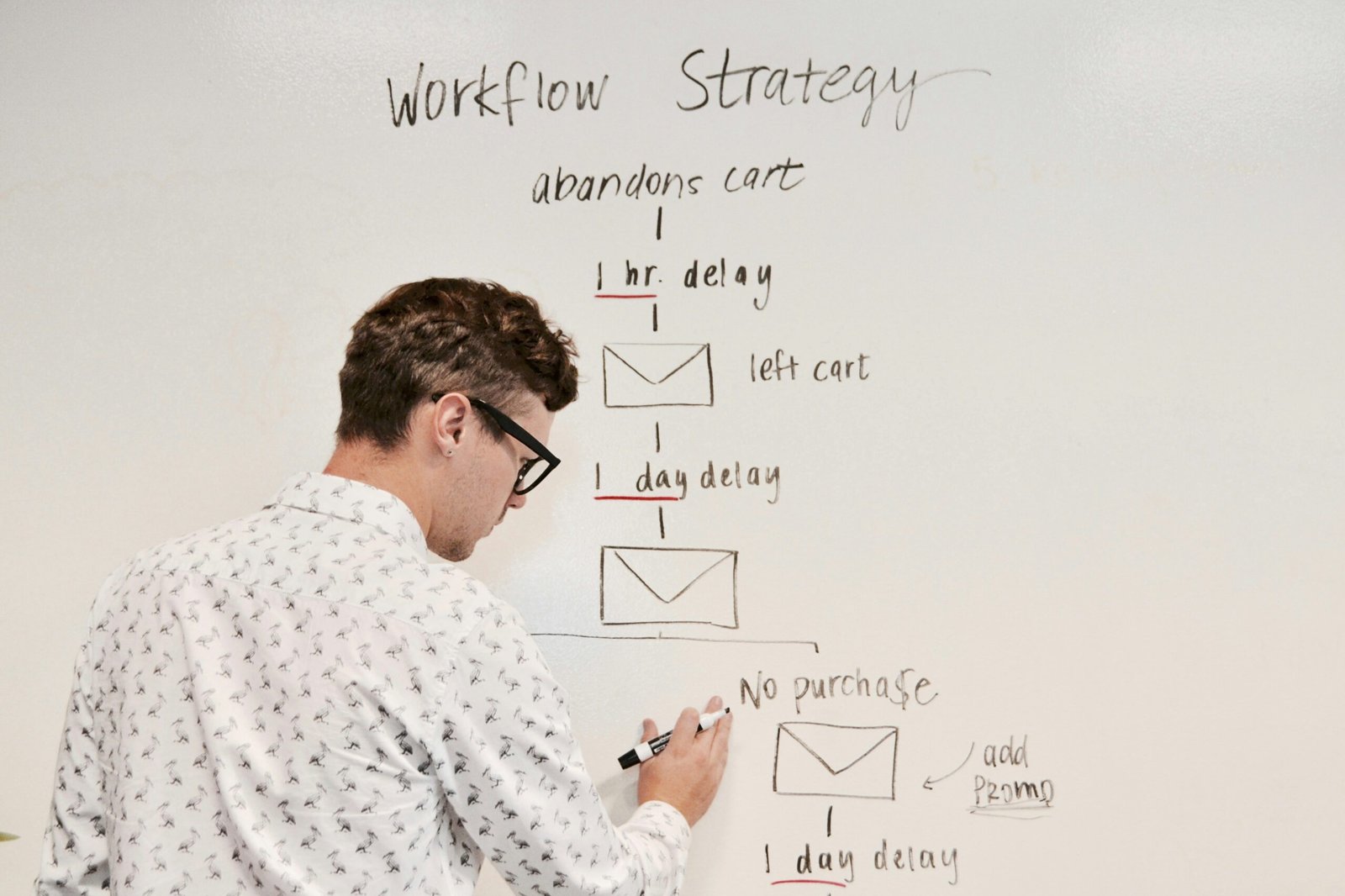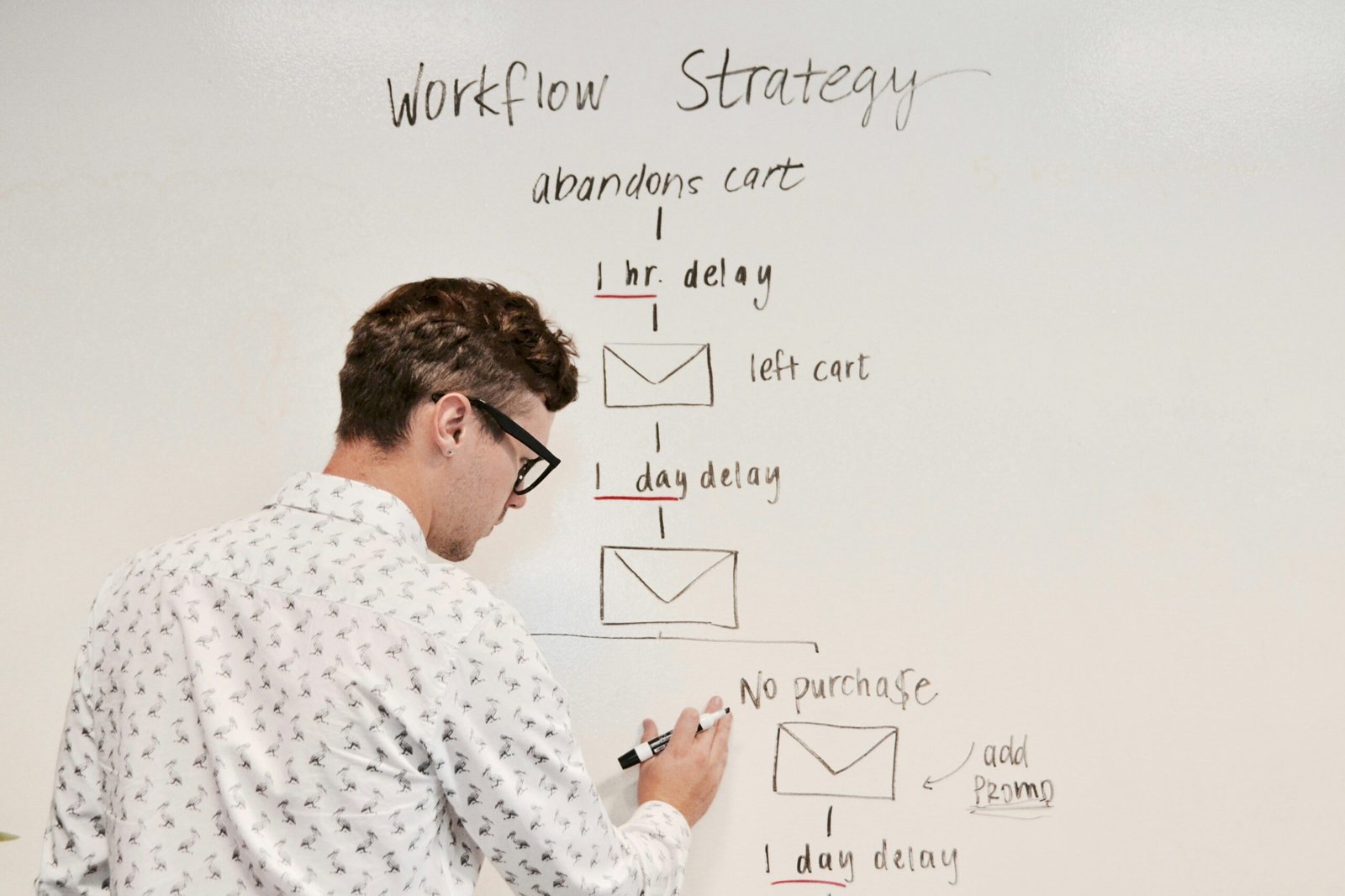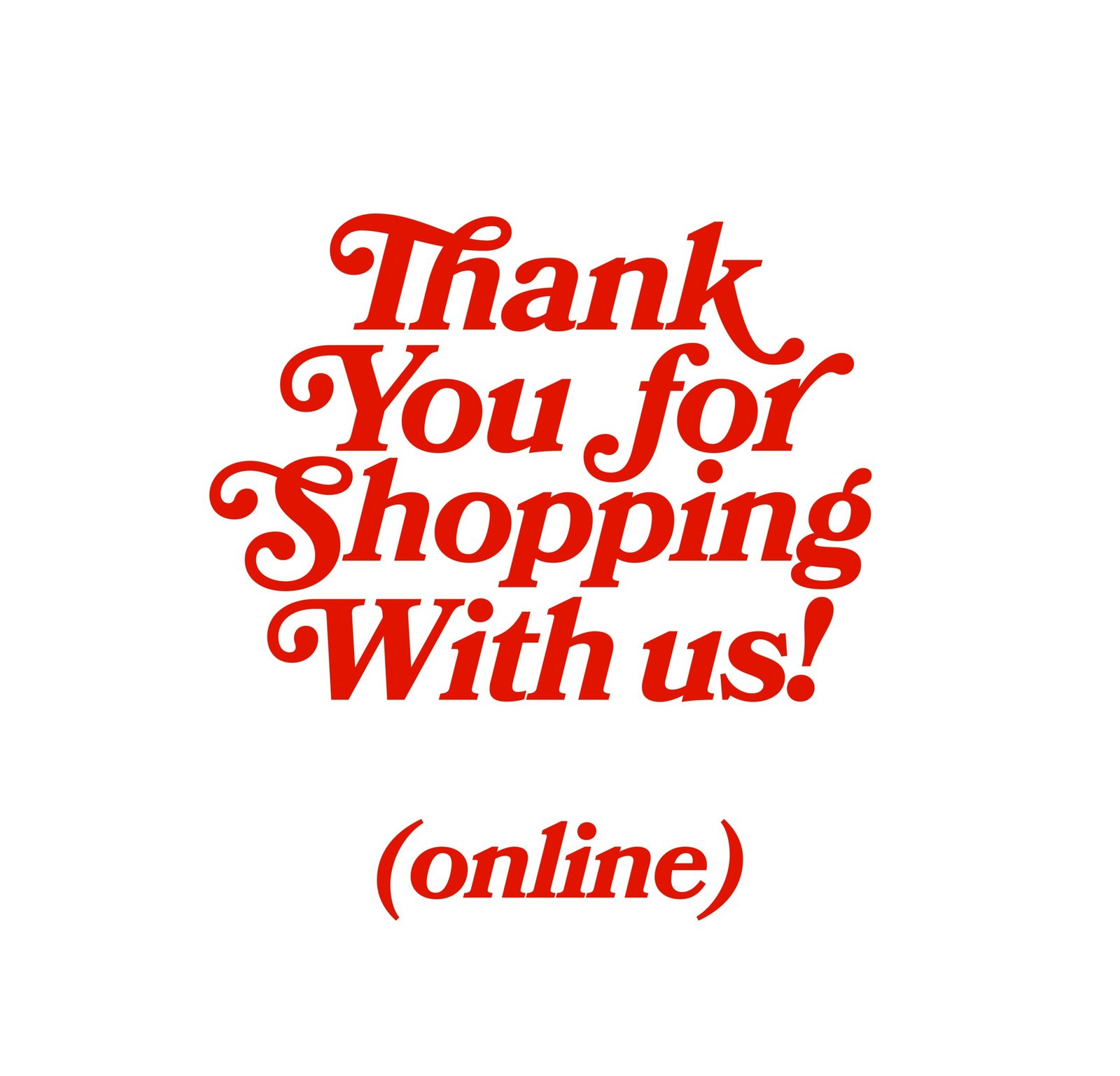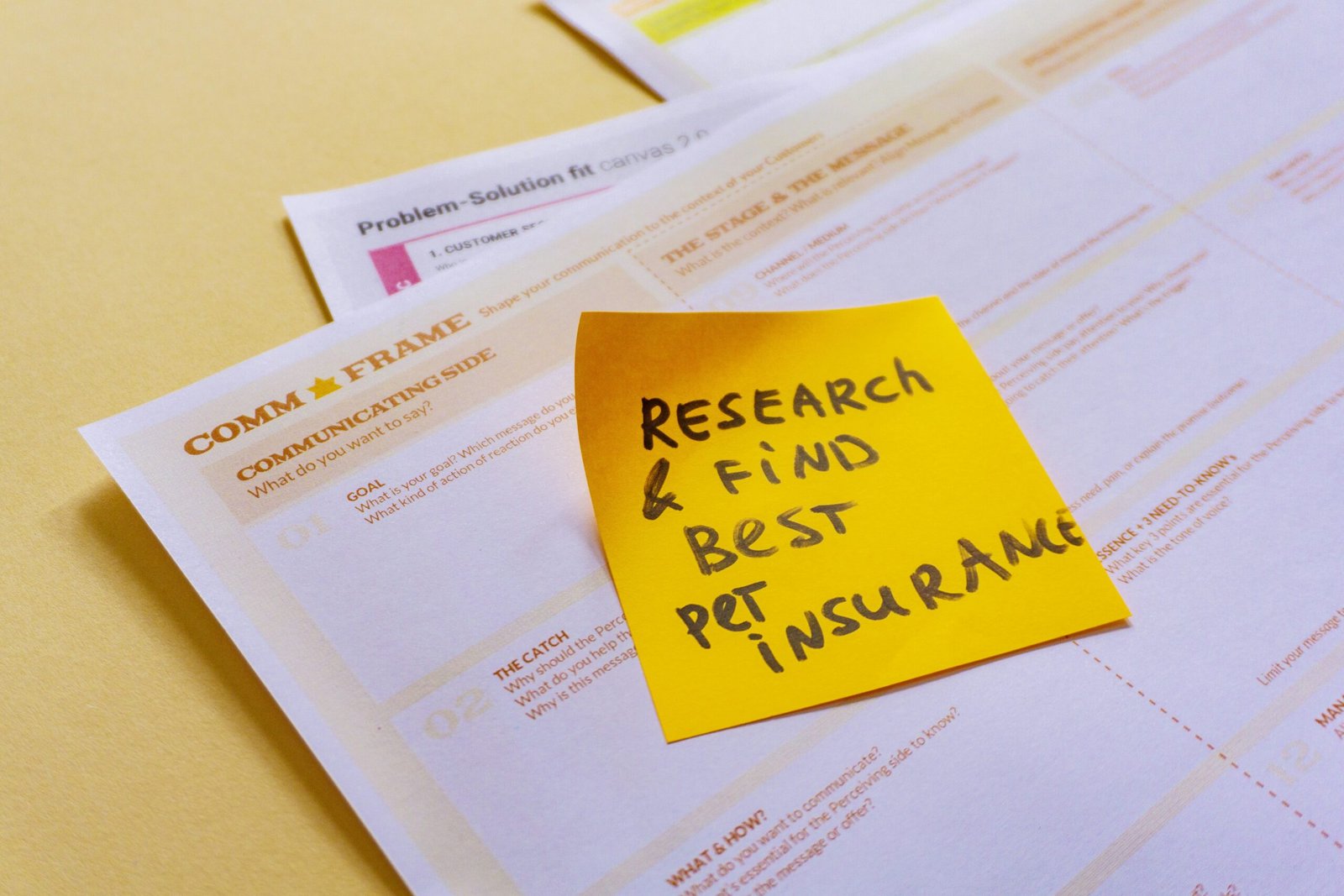7 Effective Ways to Promote Your B2B E-commerce Newsletter Lead Page
Leveraging Social Media Channels
Social media platforms provide a powerful avenue for promoting your B2B e-commerce newsletter lead page. These platforms offer not only extensive reach but also advanced targeting capabilities, enabling businesses to connect with their desired audience with precision. One effective strategy involves utilizing targeted ads. By leveraging the robust algorithms and insights provided by platforms like LinkedIn, Facebook, and Twitter, businesses can create ads that precisely target decision-makers, procurement managers, and other key industry professionals. These ads should spotlight the unique value proposition of your newsletter, persuading your audience to opt-in.
In addition to paid campaigns, organic posts play a crucial role in maintaining a consistent social media presence. Crafting engaging content that highlights the benefits and insights your newsletter offers can gradually build interest and trust among your followers. Visual appeal is paramount—incorporate eye-catching graphics, infographics, and short video clips that provide a glimpse into the valuable content your newsletter delivers. Calls-to-action (CTAs) embedded within these posts should be clear and compelling, encouraging users to visit your lead page and subscribe.
The role of social media influencers cannot be overstated. Partnering with influencers who have a strong presence in your industry can significantly amplify your reach. These influencers can endorse your newsletter through their channels, providing authentic testimonials and strategic placements that resonate well with their audience. Authenticity is key; audiences tend to trust endorsements from personalities they follow and admire.
Choosing the right platform is critical. For instance, LinkedIn is highly effective for connecting with business professionals, while Instagram might be a more suitable option if your target demographic engages more with visual content. Tailoring your approach based on the platform ensures that your promotional efforts are both efficient and impactful.
Successful campaigns include examples like HubSpot’s use of LinkedIn ads to drive newsletter subscriptions by showcasing exclusive industry reports. Similarly, Shopify’s integration of Instagram Stories with swipe-up links to their newsletter subscription page has proven highly effective. Combining these strategies with consistent engagement and monitoring can significantly boost the visibility and subscriber base of your B2B e-commerce newsletter.
Optimizing Your Website for Lead Generation
Optimizing your website is a crucial step in driving traffic to your B2B e-commerce newsletter lead page. A well-structured site ensures that potential leads find your content compelling enough to subscribe. One of the first steps is the strategic placement of call-to-action (CTA) buttons. Positioning CTAs prominently on high-traffic pages, such as your homepage or blog posts, encourages visitors to take the desired action. Utilizing contrasting colors and persuasive language can further enhance their visibility and effectiveness.
Pop-up forms can also be a useful tool for capturing leads. These forms should be timed appropriately and designed to be non-intrusive, providing value to the visitor without disrupting their experience. For instance, exit-intent pop-ups that appear when a user is about to leave your site can effectively capture email subscriptions from otherwise lost visitors.
Dedicated landing pages play a pivotal role in driving conversions. These pages should be meticulously designed to communicate clear benefits and guide users through a seamless journey to subscribing. Ensure that your landing pages are optimized for both desktop and mobile experiences to maximize accessibility and inclusiveness.
Search Engine Optimization (SEO) is another critical factor in driving organic traffic to your lead page. By incorporating relevant keywords, meta descriptions, and high-quality content, you can improve your site’s search engine rankings, thereby attracting more potential leads.
User experience (UX) design should not be overlooked. A cluttered, confusing website can deter visitors. Streamlining navigation, reducing loading times, and maintaining a clean, professional design can significantly enhance user engagement, ultimately leading to higher conversion rates.
A/B testing can further refine your lead generation efforts. By comparing different variations of your CTAs, landing pages, or pop-up forms, you can identify what resonates best with your audience and make data-driven decisions to optimize performance.
Create a seamless journey from your homepage to your lead page by ensuring each step is intuitive and value-driven. Employing these strategies not only enhances the likelihood of capturing leads but also builds a foundation of trust and reliability with your audience.
Utilizing Content Marketing
Content marketing serves as a robust strategy for driving subscriptions to your B2B e-commerce newsletter lead page. By creating high-quality, relevant content, businesses can attract and engage potential leads effectively. Articles, whitepapers, and case studies are essential components of a solid content marketing strategy. These materials should address common pain points, provide actionable solutions, and highlight industry insights that resonate with your target audience.
Offering exclusive content or incentives can significantly boost newsletter sign-ups. By positioning your newsletter as a gateway to unique industry insights, special reports, or early access to product information, you create a compelling reason for potential subscribers to opt-in. This exclusivity can set your B2B e-commerce newsletter apart from others and cultivate a sense of value among your audience, driving higher engagement rates.
Distribution of this high-quality content is equally important. Share your articles and whitepapers on your company’s blog to capture organic traffic and showcase your expertise. Guest posting on reputable industry blogs can also extend your reach to a broader audience and attract new leads. Additionally, content syndication platforms can help amplify your message, placing your content in front of readers who are specifically interested in B2B e-commerce solutions.
The key to effective content marketing lies in consistency and relevance. Regularly update your content to reflect current industry trends and maintain a publishing schedule to keep your audience engaged. In doing so, you not only attract new subscribers but also retain the interest of existing ones, ensuring that your B2B e-commerce newsletter remains a valuable resource for your leads.
Email Campaigns and Lead Nurturing
Email campaigns are a cornerstone in driving traffic to your B2B e-commerce newsletter lead page, while also nurturing potential leads until they are ready to subscribe. The key to success lies in creating targeted, personalized email sequences that speak directly to the needs and interests of your audience. Crafting these emails thoughtfully encourages recipients to engage with your content, and ultimately, sign up for your newsletter.
Personalized email sequences enable businesses to build relationships with their leads over time. By segmenting your email list based on various criteria such as industry, job role, or past interactions with your brand, you can tailor your messages to be more relevant. This approach increases the likelihood of converting these leads into subscribers. Additionally, implementing retargeting campaigns allows you to reconnect with individuals who have previously shown interest but haven’t yet subscribed, providing another opportunity to capture their attention.
Drip campaigns offer a systematic way to keep your audience engaged over a prolonged period. These series of emails are sent out at predetermined intervals and can cover a range of topics, from educational content and case studies to special offers and newsletters. By consistently delivering value through your emails, you nurture these leads, gradually guiding them down the sales funnel until they feel ready to subscribe.
Effective segmentation of your email list requires a profound understanding of your audience. Use data from previous campaign performances and customer interactions to create distinct segments. This allows for more precise targeting and reduces the chance of recipients viewing your emails as irrelevant or intrusive.
Analytics play a crucial role in measuring the success of your email campaigns. By tracking key metrics such as open rates, click-through rates, and conversion rates, you can identify what works and what doesn’t, adjusting your strategy accordingly. Regular A/B testing of different email elements—including subject lines, content, and calls to action—helps optimize your campaigns for better engagement and higher subscription rates.
To craft compelling email content, focus on clarity and value. Your subject lines should be attention-grabbing yet concise, and the email body should be informative, persuasive, and aligned with your recipients’ interests. Including a strong call-to-action prompts the reader to visit your lead page and consider subscribing. By following these best practices, you can create effective email campaigns that not only drive traffic but also nurture leads over time.







